- Grown art -
In addition to stone, wood fascinated Paul Dierkes. Unlike the more homogeneous material of sedimentary rock, wood has an inner structure due to its organic growth, which Dierkes transforms artistically. Even the narrow, tall form looks as if it has grown. The thin iron base suggests the soil from which the form grew. It does not need a more extensive foundation for its own internal support, although it is by no means bulky, but has a slender elegance. It tapers in the middle and then widens again, creating a symmetrical overall form whose lightness and perfection recall Constantin Brancusi's The Bird in Space (1923). In contrast to the smooth perfection of the overall form, which is completely harmonious, Dierke's work shows a differentiated formation of form that results from the inner necessity of growth: The lower part appears as a shaft, while the thinner but slightly wider upper part, with its two indentations, resembles a leafy crown. The lower part is connected to the upper part by a stylized consolidation of the form, which swings back into a vertical hollow, so that the inner forces of the organic form seem to be concentrated here. The grain, discoloration and cracks of the mahogany wood in particular contribute to the impression of organicity. They lend the dominant overall form the delicate structure of real growth, nourishing the effect of an inner vitality.
In keeping with the title "Vegetative Form," Dierkes has created a primal form of nature that, in analogy to Karl Blossfeldt's photographs that reveal the structure of nature, is also a primal form of art. Once again, in contrast to Brancusi's smoothness, the clear traces of processing are part of the aesthetic appearance, which - in addition to the natural organicity - emphasizes the aspect of the created work of art. Nature transformed into art, revealing new aspects of its original organic form with every twist and turn in the play of light.
About the Artist
As the son of a stonemason, Paul Dierkes was familiar with stone from an early age. After an apprenticeship as a stonemason, he decided to explore this material artistically and become a sculptor. He first studied at the Königsberg Art Academy under Stanislaus Cauer. In 1931 he transferred to the Munich Academy and received a scholarship to Rome. He then settled in Berlin. His first solo exhibitions followed, including at the Ferdinand Möller Gallery in Berlin and the Augusteum in Oldenburg. Dierkes undertook study trips to Amsterdam, Prague, and Paris.
To avoid being drafted by the Nazis, he left Berlin and settled in Groß-Glienicke after the war, but moved back to West Berlin after the division of Germany.
In 1947, he was appointed to the Berlin Academy of Fine Arts and became a professor in 1948. For 20 years, until his death, he headed the Department of Stone and Wood. One of his students was Heinz Spilker.
Paul Dierkes is one of the protagonists who established modern sculpture in post-war Germany. He created archaic-looking forms that exude an aura of originality and, with their figurative allusions, also have a high symbolic value. The original effect gives his art a kinship with architecture, which led Dierkes to collaborate with Egon Eiermann, Peter Poelzig, and Sep Ruf. Many of his works characterize public spaces and demonstrate that Dierkes also understands sculpture as a monumental art that auratizes the respective location through a formed originality and thus develops a social relevance.
The aesthetic effect of sculptural originality often goes hand in hand with an emphasis on "being made," which underlines the craft aspect of the act of creation. For this reason, Paul Dierkes was also fond of woodcuts, which are related to the art of carving.
In 1954 Paul Dierkes was awarded the Art Prize of the City of Berlin.
Every idea creates something we suspected but did not know.
Paul Dierkes
The young Paul Dierkes already had the ability after his four-year apprenticeship as a stonemason to fathom the properties of each selected piece of wood and each stone and to figuratively transform individual natural processes of the grown organisms by means of his own working process.
Herbert Wolfgang Keiser







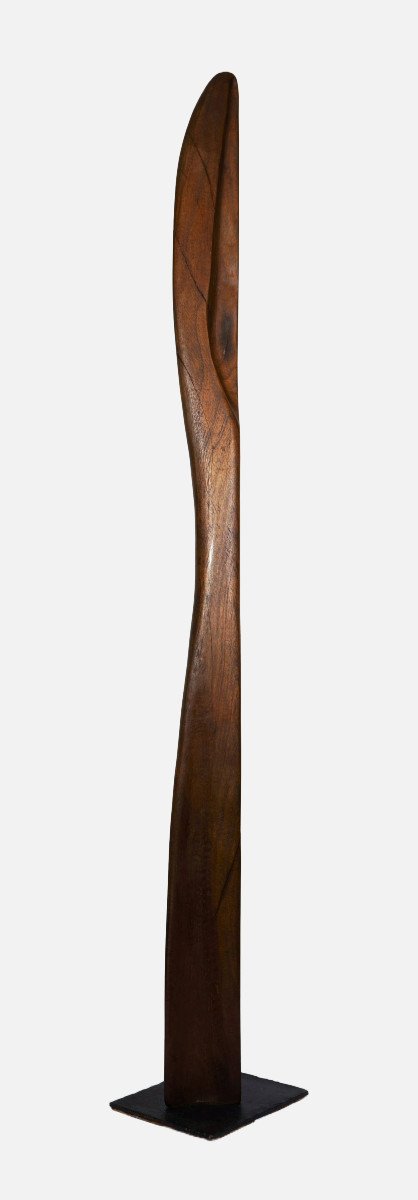





















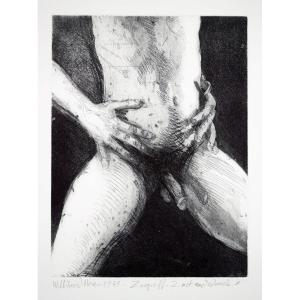


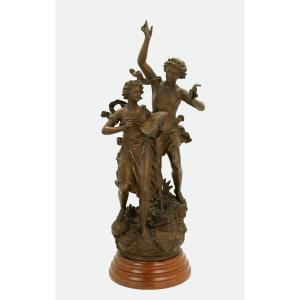


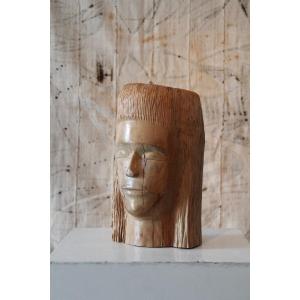
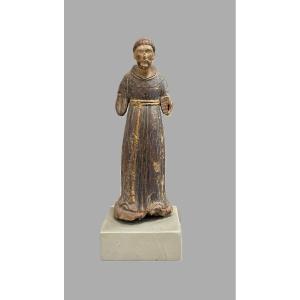
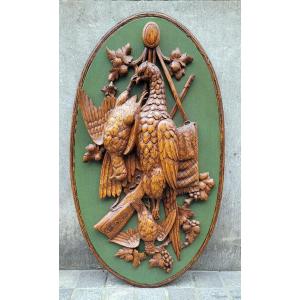




 Le Magazine de PROANTIC
Le Magazine de PROANTIC TRÉSORS Magazine
TRÉSORS Magazine Rivista Artiquariato
Rivista Artiquariato